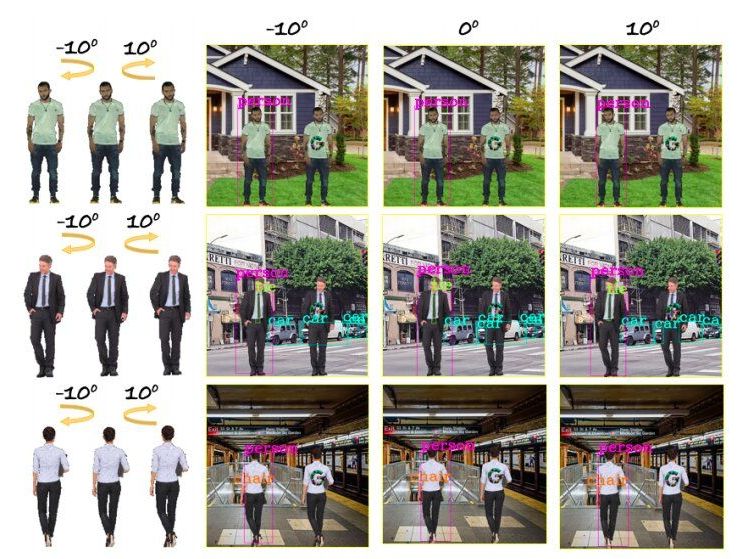
Over the past decade, researchers have developed a growing number of deep neural networks that can be trained to complete a variety of tasks, including recognizing people or objects in images. While many of these computational techniques have achieved remarkable results, they can sometimes be fooled into misclassifying data.
An adversarial attack is a type of cyberattack that specifically targets deep neural networks, tricking them into misclassifying data. It does this by creating adversarial data that closely resembles and yet differs from the data typically analyzed by a deep neural network, prompting the network to make incorrect predictions, failing to recognize the slight differences between real and adversarial data.
In recent years, this type of attack has become increasingly common, highlighting the vulnerabilities and flaws of many deep neural networks. A specific type of adversarial attack that has emerged in recent years entails the addition of adversarial patches (e.g., logos) to images. This attack has so far primarily targeted models that are trained to detect objects or people in 2-D images.









